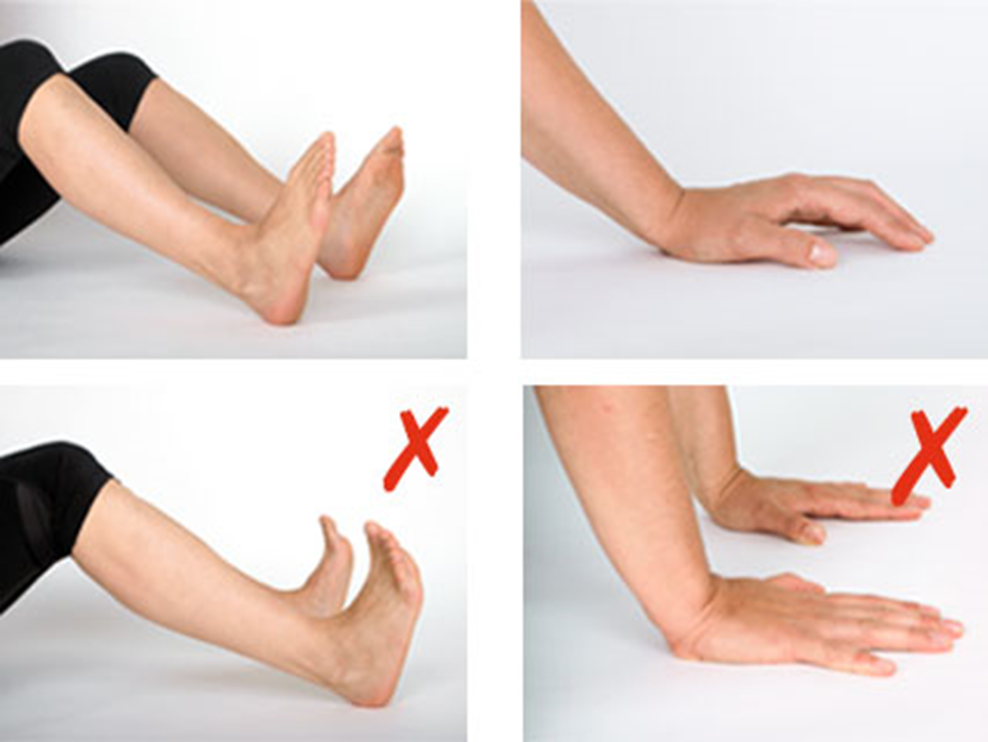What is Brunkow: The Brunkow Story
At Primitive Therapeutics, the journey to Brunkow therapy started in 1998, when Dr Richard Cohen was visiting the Prague School of manual therapy at Charles University. During the last day of a two week, learning experience with Drs Janda and Lewit, Dr. Lewit introduced Pavel Kolar to a group of American manual therapists. Dr. Lewit curiously introduced Kolar to the group by saying, “I’m not sure what he is doing, but I believe it is the future.”
It was this encounter that inspired Rich and he was compelled to understand what Dr. Kolar was doing as he applied pressure to certain zones while the student lied in certain positions. Dr. Kolar, through an interpreter, explained his application as the work of Dr Vaclav Vojta. In the next 10 years Rich committed to learning Vojta’s therapy now known as Reflex Locomotion according to Vojta.
During the 6 weeks of the Vojta course Roswitha Brunkow’s name was never mentioned. Due to a curiosity for home therapy Frau Irma Stierle coined Rich as the “exercise guy.” As such, once Rich received his Vojta Therapy certificate and returned to the states, he started to work on exercise ideas to improve spinal elongation and external rotation of the hips and the shoulders. In 2007 he returned to Siegen Germany for a one week refresher course under the guidance of Wolfram Mueller, PT. Herr Mueller was the President of the international Vojta Society and one of the best Vojta therapists in the society. One day in the course, Rich presented his exercise ideas to Herr Mueller. As Rich demonstrated the exercises, Wolfram said, “You need to learn Brunkow.”
Why was the one of the best Vojta therapists in the world suggesting a new exercise concept.
The technique Brunkow, is credited to German Physical Therapist Roswitha Brunkow, who was born in 1916 Germany amid World War 1 and the Polio epidemic. Later in her life she was relegated to a wheelchair for an extended period due to a spinal injury. At the time of her injury, she was already professionally trained as a physiotherapist working at a Neurosurgical University Clinic in Homburg Germany and was exposed to the common therapies of the day.
While bound to the wheelchair, she discovered that using upper body isometric exercise could activate the muscles of her shoulder and assist in correcting the posture of her spine. Over time, this approach to loading the upper extremity and correcting spine posture began to give her strength back in her legs. She was once again able to walk with relatively normal function and returned to her clinical work. As would be the case for most of us, this observation was too powerful not to share with others. She began to apply her observations on patients with extrapyramidal syndromes (dystonia, Parkinson’s, spastic torticollis) intervertebral disc damage, scoliosis, and infantile cerebral palsies. In these cases, she observed a “dissociation” with the pathological pattern of movement. This dissociation opened a pathway to normal movement. She called this approach “dissociation exercises.”
In 1970 she began to present her method at orthopedic conferences around the world. In 1975 she met Dr. Vojta at a conference and the two were fast friends. Vojta told Brunkow her method of exercise was exactly what he was looking for to expand his approach. The two spent 6 days intensively discussing her technique. Sadly Mrs. Brunkow passed away just 3 short months after this meeting with Dr. Vojta. In a magical moment of foresight Mrs. Brunkow decided to leave her life’s work in the hands of Dr. Vojta.
Just a year later in 1976, with the support of the German State Association of Physiotherapy, Dr Vojta coordinated a group of therapists who were trained in Mrs. Brunkow’s methods to continue her work. He was able to have these therapists work together for 8 hours a day for almost 3 weeks to preserve her teachings and compile a text for others to explore. One of these texts, which are out of publication, was gifted to Rich by Wolfram in 2009 during his return to Germany for a weekend course in Hamburg, again under the guidance of Herr Mueller.
Roswitha Brunkow’s contributions to the profession were considered profound but short lived. In our Primitive Therapeutics courses it is our intent to expose you to her theories and exercise methodologies

